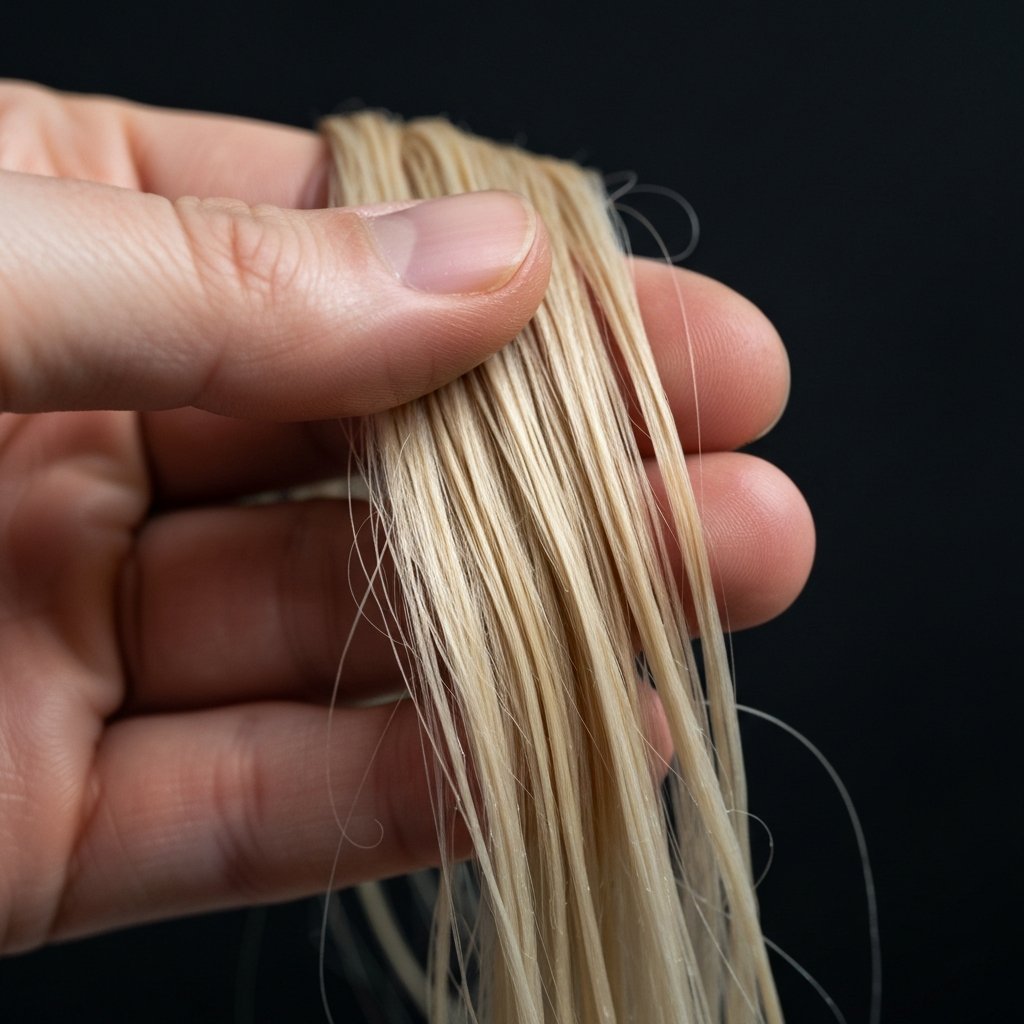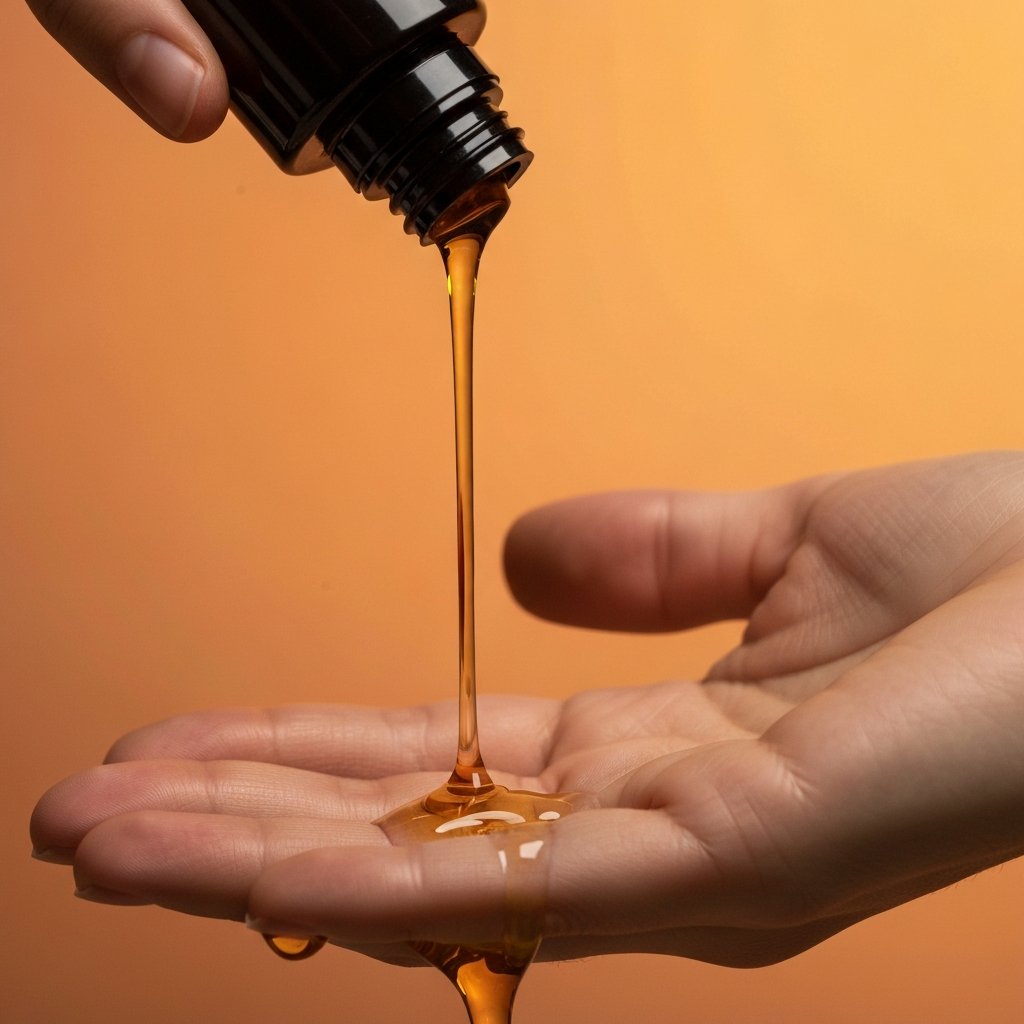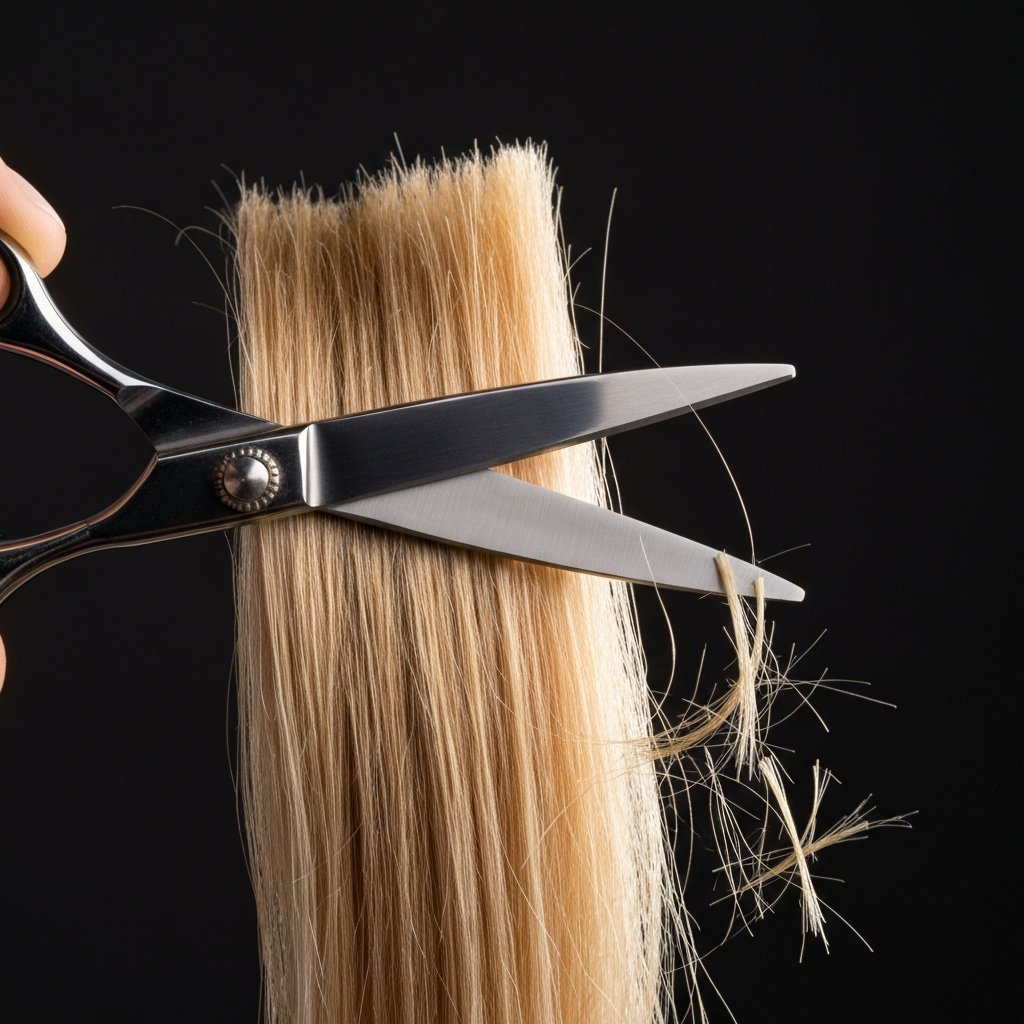
How to Make Fine Hair Look Thicker: Expert Styling Tricks & Product Guide
11 min read

11 min read

11 min read

9 min read

11 min read

12 min gallery

12 min read
It is a moment of pure panic that many blonde enthusiasts know all too well. You are rinsing out the bleach, anticipating that perfect platinum lift, but as your fingers run through your strands, something feels wrong. The hair does not feel like hair anymore. It feels mushy, slimy, and terrifyingly elastic. When you pull it gently, it stretches like melted mozzarella cheese or overcooked spaghetti, and it does not snap back.
This is known in the professional hair industry as "gummy hair," and it is the ultimate sign of severe chemical compromise. While the situation is serious, it is not necessarily a hopeless cause. Before you reach for the scissors or hide under a beanie for the next six months, take a deep breath. With the right science-backed approach, patience, and a strict recovery regimen, it is possible to rehabilitate chemically exhausted hair.
This comprehensive guide explores exactly why gummy hair happens, the immediate emergency steps you must take, and the long-term protocol required to restore structure, strength, and shine to your compromised strands.
To fix the problem, one must first understand the molecular breakdown occurring within the hair shaft. Hair is primarily composed of a fibrous protein called keratin. These protein chains are held together by chemical bonds, the most important of which are disulfide bonds. These bonds act like the rungs on a ladder, giving hair its structure, strength, and elasticity.

Bleaching is an oxidative process. To lift pigment out of the hair cortex, the bleach must open the cuticle and break down melanin granules. However, bleach is not selective; while it breaks down pigment, it also breaks those crucial disulfide bonds. When hair is healthy, it has elasticity—it can stretch slightly and return to its original shape. When hair becomes "gummy," it means the internal protein structure has been decimated to the point where the bonds are too weak to hold the fiber together. The "gumminess" is essentially the liquefied protein losing its structural integrity.
Understanding this distinction is vital because the recovery process requires a two-pronged approach: rebuilding the bonds (internal structure) and hardening the cuticle (external protection). Without intervention, gummy hair will eventually dry into a brittle, straw-like texture that snaps off at the slightest touch.
If you are currently standing in the shower realizing your hair has turned gummy, immediate damage control is critical. The actions taken in the first hour can determine how much length is retained.

Since gummy hair is essentially hair that has lost its protein structure, the primary antidote is protein. However, this is not as simple as buying any bottle labeled "repair."

In the past decade, hair technology has advanced significantly with the introduction of bond builders. Unlike traditional conditioners that coat the hair, bond builders work on a molecular level to repair the broken disulfide bonds.

Once the structure is reinforced with protein and bond builders, the hair needs intense hydration to regain elasticity. Gummy hair is extremely porous, meaning it absorbs water quickly but loses it just as fast.

Recovering gummy hair is a marathon, not a sprint. It requires significant changes to your daily styling routine for at least 8 to 12 weeks.

It is a hard truth to accept, but sometimes the damage is beyond repair. If the ends of the hair are splitting, breaking off in small white dots, or remain mushy despite protein treatments, those ends are "dead weight."

Split ends act like a zipper; once they start at the bottom, they can travel up the hair shaft, damaging healthy hair closer to the root. A "dusting" or a trim of just one or two inches can make a massive difference in the overall look and feel of the hair. It removes the most compromised parts of the cuticle, allowing the remaining hair to respond better to treatments. Professional stylists can perform a "structural cut" that removes damage without sacrificing too much length, keeping the hair looking fuller.
Fixing gummy hair after bleaching is a journey that tests patience. It involves a delicate balance of protein to build strength and moisture to ensure softness, all held together by bond-building technology. While the initial shock of melting hair is traumatic, the hair fiber is surprisingly resilient when given the right environment to heal.
By adhering to a strict regimen of cold water washing, protein cycling, bond building, and heat avoidance, hair can return to a healthy, manageable state. Remember, the goal is progress, not perfection. Treat your hair like fine silk, and over time, the elasticity and shine will return.